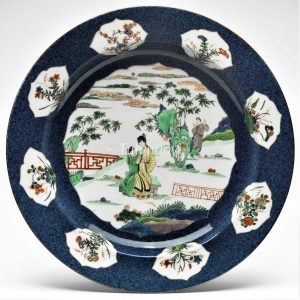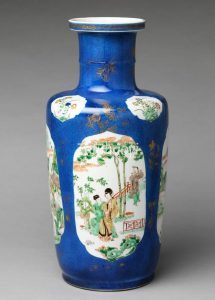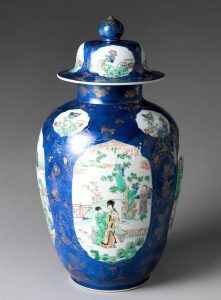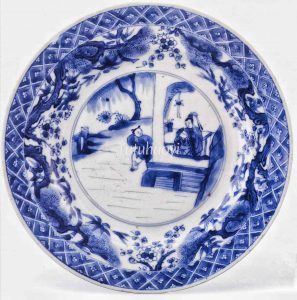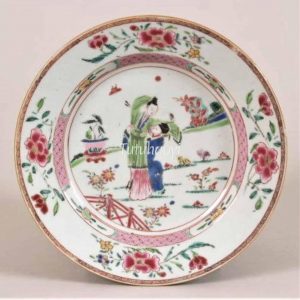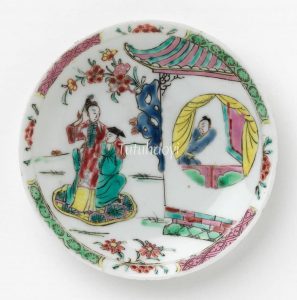Legend of the Jade Hairpin
玉簪记
© Tutuhaoyi.com owns the copyright of the description content for the images attached. Quoting all or part of the description content on this page is permitted ONLY IF ‘Tutuhaoyi.com’ is clearly acknowledged anywhere your quote is produced unless stated otherwise. (本页描述内容版权归Tutuhaoyi.com所有,转发或引用需注明 “Tutuhaoyi.com”, 侵权必究, 已注开源信息的条目除外。)
Legend of the Jade Hairpin (Yu Zan Ji 玉簪记) is a Ming-dynasty ‘marvel play’ which was the major drama genre of the time. The play, consisting of thirty-three scenes, was written by Gao Lian (高濂 fl. 1573-1581) around 1580 and remained to be a popular classic for the following three hundred years. It is a Shakespearean love story of a young couple who were betrothed at birth, torn apart by war, and unwittingly fell in love with each other at a nunnery.
The scene is a snapshot of Act 19, Consummation of Love after the Revelation of the Girl’s Love Poem. The lovesick young scholar Pan Bizheng 潘必正 accidentally discovered the love verse from Chen Miaochang 陈妙常, the female protagonist in the play, and she could no longer repress her love for him anymore.
In a coarsely produced version, the horsetail fly whisk, a traditional trademark of a Daoist nun, is missing from Miaochang’s hand. In more sophisticated versions of the same scene, there is an additional figure playing the role of ‘Peeping Tom’, hiding behind a tree or the curtain of the ‘Moon window’. He is Scholar Pan’s page boy, Ange 安哥, and an opportunist. He took the advantage of the situation and threatened the young couple that he would report their tryst if they didn’t address him as ‘Sir Ange’.
Acknowledgement: The story scene depicted on the porcelain ware displayed in this listing was first deciphered by Dr Yibin Ni. His article is published here for your reference.
Fig 1: porcelain plate, Kangxi period (1662-1722), Qing dynasty, courtesy of the Boymans-van Beuningen Museum Collection, Rotterdam
Fig 2: porcelain vase, Kangxi period (1662-1722), Qing dynasty, courtesy of the Metropolitan Museum of Art, New York
Fig 3: porcelain jar, Kangxi period (1662-1722), Qing dynasty, courtesy of the Metropolitan Museum of Art, New York
Fig 4: porcelain plate, Kangxi period (1662-1722), Qing dynasty, courtesy of Mr Tom Kemp-Evans’ private collection
Fig 5: porcelain dish with underglaze blue decoration, Kangxi period (1662-1722), Qing dynasty, from 它们曾经征服了世界: 中国清代外销瓷集锦 (2010), Hu Yanxi and Cao Jian: Encyclopedia of China Publishing House
Fig 6: porcelain plate with overglaze enamelled decoration, Yongzheng period (1723-35), Qing dynasty, courtesy of Ceramics Museum Princessehof
Fig 7: porcelain plates with overglaze enamelled decoration, Qianlong period (1736-95), Qing dynasty, courtesy of Marc Michot Gallery
Fig 8: porcelain saucer with overglaze enamelled decoration, 18th century, courtesy of The National Gallery of Victoria, Australia
